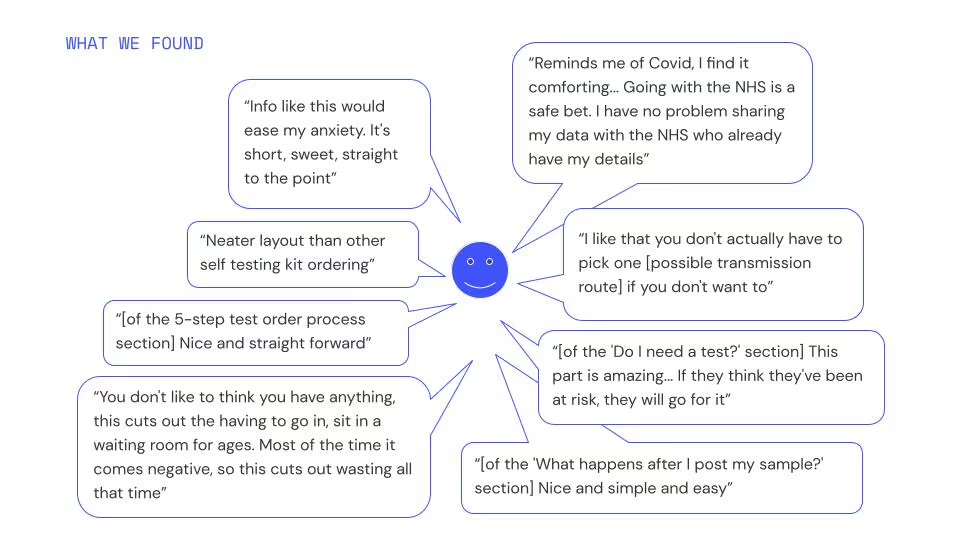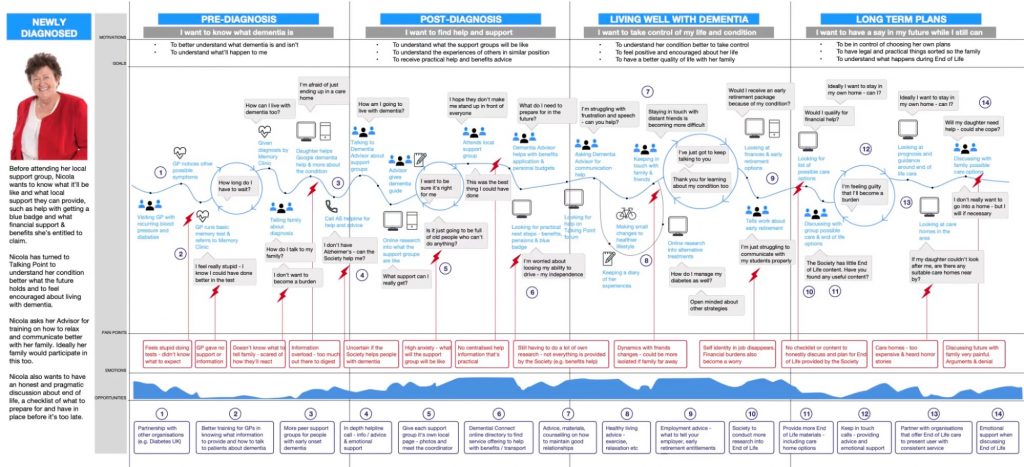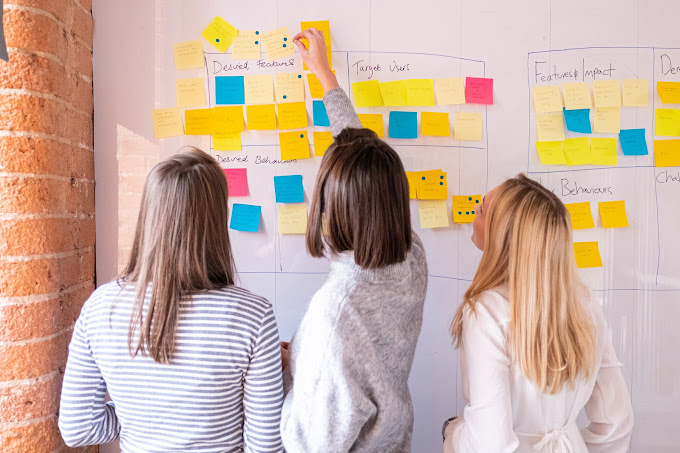In the rush to build and scale, many startups skip the most important step: understanding what users actually need.
The result? Wasted development time, features no one uses, and products that don’t quite stick.
In a world where capital efficiency matters more than ever, design thinking isn’t just a creative method—it’s a strategic tool. Startups that lead with deep research, user insight, and co-creation are building leaner, smarter, and more successful products.
The cost of assumptions
Too many teams fall into the trap of building in isolation—guided by founder instinct, investor pressure, or assumptions based on competitor features. Without input from the people you’re building for, it’s easy to solve the wrong problem—or solve the right one in the wrong way.
And the cost is high.
Every misstep wastes limited time, energy, and capital. In today’s environment, you don’t get multiple shots to figure it out. The most efficient thing you can do is understand the problem deeply before you commit to solving it.
Research is not a checkbox—it’s the work
Discovery isn’t something you race through before development—it is the foundation. The real value comes when you go beyond surface-level feedback and spend time getting close to the people you’re designing for. That means running thoughtful conversations. Observing behaviours. Asking the second and third question. Listening without trying to pitch.
And then—most importantly—making those insights usable.
Research outputs should be human, not clinical. If all you walk away with are bullet points and stats, your team won’t feel connected to what they’ve learned. But if you surface stories, language, frustrations, and hopes in a way that resonates—you don’t just have data, you have direction.
The most powerful insight work creates empathy. That’s what drives product clarity. That’s what reduces waste.
Humanising your research outputs
Humanising research data is a critical part of any good discovery process. Why? Because:
- It brings insight to life, helping stakeholders understand the context and value of what’s been done.
- It promotes greater empathy by encouraging teams to walk in the shoes of their users.
- It can be easily shared through rich yet simple visual formats that resonate and require minimal explanation.
- It becomes a core part of the design toolkit, informing content strategy, prototypes, and service design.
- It creates a shared framework that underpins solution development, rooted in a collective understanding of the problem.

Typical outputs
Personas
Personas, when built on real data rather than assumptions, allow teams to see users as real people, not demographics. The best personas draw on qualitative and quantitative evidence to define:
- Demographics: Common traits across the wider audience, not just a few voices.
- Situation: The context and environment the user lives in.
- Behaviours and attitudes: Motivators, triggers, and engagement drivers.
- Goals: What users are trying to achieve and how they define success.
- Pain points: Frustrations or blockers—emotional, physical, or digital.
- User needs: Evidenced needs that can form the basis of your backlog.
Visualising personas through illustrations (rather than stock photos) can help reduce bias and increase relatability.

User journey maps
Mapping the user’s journey adds depth to personas. A well-structured journey map highlights:
- Stage: With sub-goals and timeframes.
- Doing: User actions.
- Thinking: User decision-making, often paired with real quotes.
- Feeling: Emotional highs and lows across the journey.
- Pain points: Where things fall apart.
- Opportunities: Where design can improve the experience.
- Ownership: Which part of the business owns each step.
These maps should be co-designed, and once created, can power prototyping, service blueprinting, and alignment across departments and suppliers.

Early validation reduces burn
Design thinking only works if you use it to make decisions. The real value comes when teams shift from building in a vacuum to prototyping, testing, and iterating based on insight.
Validation doesn’t have to be complicated. It can start with clickable mockups. Lightweight user testing. Landing page tests. Customer interviews around product concept. The point is to learn early—before time and money are spent on the wrong version of the right idea.
Founders who validate early move faster. Not because they skip steps, but because they avoid dead ends.
Co-creation creates traction
The smartest teams don’t just build for users—they build with them.
Co-creation doesn’t just improve the product. It builds trust. It creates early adopters who are emotionally invested in the outcome. It generates better feedback, stronger advocacy, and—when done well—momentum that becomes its own marketing.
In a lean startup environment, that kind of engaged community is worth far more than another feature.
This is how we built Mindora
When we started building Mindora, we didn’t begin with code—we began with conversation.
We spent months speaking to Heads of People, Wellbeing Officers, and CHROs. We weren’t trying to validate a feature—we were trying to understand the real human challenges behind wellbeing in the workplace. We asked questions without rushing to answers. We went deep.
That work shaped everything. Our roadmap. Our positioning. Our team.
We ran co-creation sessions, tested assumptions, and explored where AI could enhance—not replace—human care. We took what we learned and turned it into a prototype. Then we tested again. And again.
We stayed lean. We avoided unnecessary complexity. And we moved with confidence because we knew the problem we were solving mattered.
Design thinking isn’t a process for slowing things down—it’s a mindset for building what matters, faster and with less waste.
When you ground your product in real insight, validate early, and build alongside your users, you reduce burn, increase traction, and stay aligned with what people actually need.
This isn’t just how you build better startups. It’s how you stop building the wrong thing altogether.





